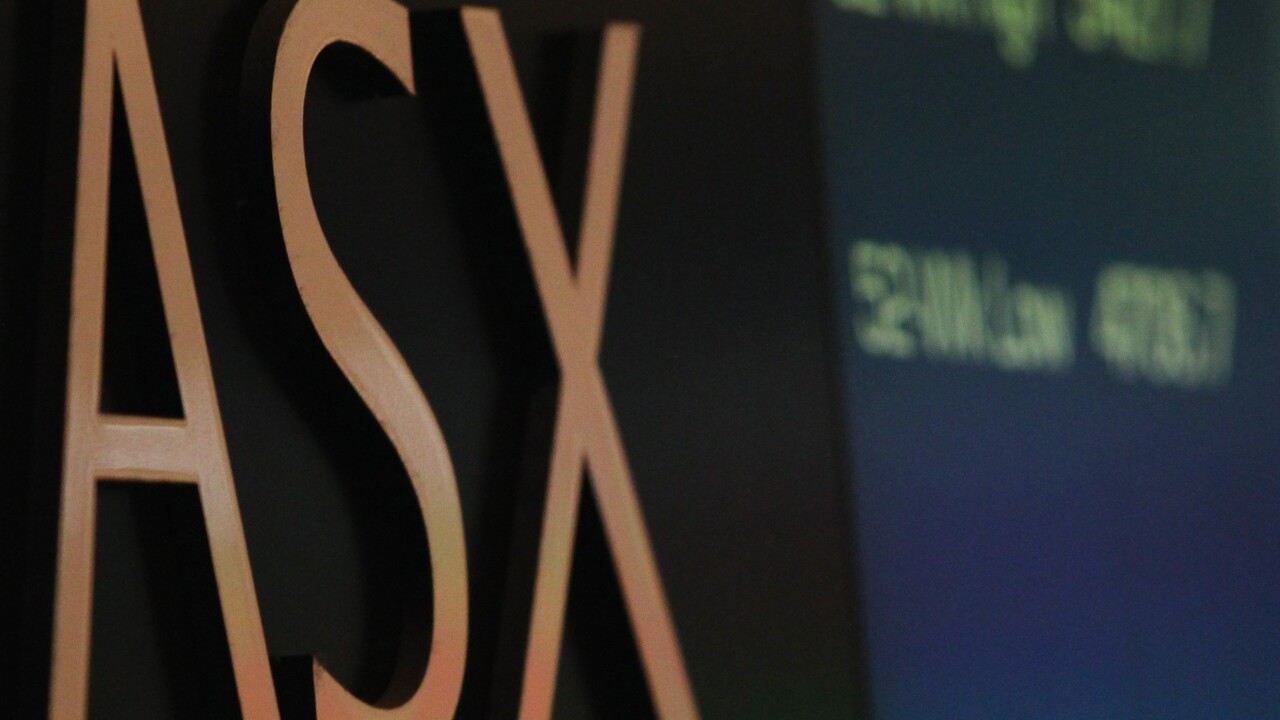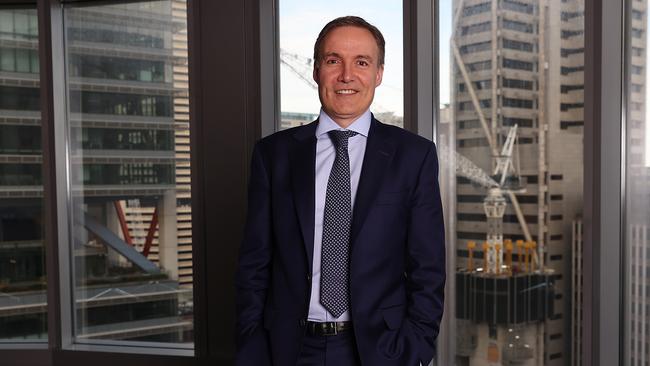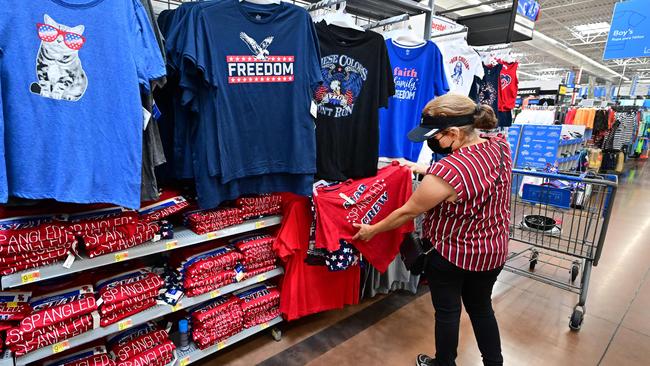Risks of US and Eurozone recession on the rise: UBS
UBS models show an average 40 per cent chance of a recession in the US where economic data has fallen off a cliff since May and the Eurozone is also ‘starting to flash red’.

Recession risks for the US and eurozone are increasing, according to economists at UBS.
Ahead of Wednesday’s release of US CPI data for June (expected to show an “ugly” four-decade high rise of about 9 per cent on-year), the average of US recession probability models monitored by UBS has spiked to 40 per cent, from 12 per cent in late May, with its “hard data” model at 96 per cent. The eurozone is also “starting to flash red” in terms of “soft data” on survey-based models.
“This is not our baseline, but the probability is also not negligible, as we are starting to fly quite low to the ground and so are vulnerable to turbulence,” says the investment bank’s global chief economist, Arend Kapteyn. A 20 per cent drop in US housing market demand indicators over just a few months has been “pretty extraordinary” and probably more than officials expected.
US economic data “really fell off a cliff” in May as his model of 60 variables went from eight in negative territory in April to 12 in May.
The weakness broadened from housing to “everything that’s affected by real disposable income” – which has suffered from soaring inflation. July employment data appeared strong, but the detail was a lot weaker.
“Not many things are trending up right now so the hard data recession model is spiking on the back of that,” Kapteyn says.

“Right now we have a 96 per cent probability of what we call a local business cycle peak – normally they lead at the recessions with an average 12-month lag.”
But he concedes that a problem with the recession models is that they run off changes, not levels. “They are calibrated to find momentum shifts in cyclical indicators that tend to lead recessions,” Kapteyn says.
“We always knew the models were going to trigger after the pandemic recovery. Now it’s happening but the trick is whether that’s just a growth slowdown from a high level that lands in positive territory, or does it lead into recession?”
The deterioration in the hard data model is the fastest deterioration in the history of the series going back 60 years, and Kapteyn says he has been surprised by the speed of the slowdown.
Then again, while it’s extremely rare to see US growth indicators drop so quickly, a “soft landing” remains possible and is still the base case for UBS, Kapteyn says.
Given that similar big slowdowns in the mid-60s and mid-80s didn’t lead to recessions, the current experience might be similar, albeit there’s considerable uncertainty as the Fed presses on with interest rate increases to tame inflation that stubbornly refuses to peak.
“We wonder if this is one of those occasions and the labour market is the thing to watch,” Kapteyn says. “US payrolls growth is still running in the US at close to 400,000 and unemployment doesn’t go up until you get below 28,000. Unless unemployment doesn’t go up, it’s very unclear that you would be able to have a recession.
“If no one is losing their jobs and people retain spending power, then we could actually be OK. So that is the thing to watch – whether in the next couple of months we start to see more of a deceleration in payrolls and whether it can lead to something more ominous.”
But the current situation – where real disposable income is negative because of high inflation, but consumption is positive due to pent-up demand for services, a falling savings rates and fiscal stimulus in Europe to help with energy bills – is “very rare”.

A dissipation of pent-up demand for services and savings drawdowns, and a consequent alignment of consumption with negative real disposable income growth, is one way that recession could occur. “In a few quarters, pent-up demand is going to fade, people will start to run out of savings, and the fiscal stimulus may not repeat, so then if inflation doesn’t come down, actual real consumption levels will converge on that negative real disposable income,” Kapteyn says.
“That’s a way we could get into recession, but that’s not our baseline, because we do think inflation is coming down, real disposable income goes up and then you actually land in positive territory. That is basically now the thing to watch and what the market is nervous about.”
But that would be a “shallow downturn” scenario, in which GDP contracts for six to eight months and shifts 0.5-0.7 per cent lower in both the US and eurozone.
In such shallow recessions, the S&P 500 typically has seen a time-weighted average drawdown of only 11 per cent, and the market typically bottomed within four months of the start of the recession.
It should see the Fed cut rates back to zero, benefiting US shares disproportionately more than other regions next year. UBS sees the S&P 500 ending 2023 higher at 4500 points in this scenario, while a lack of a significant policy change from the ECB sees the Stoxx 600 lag behind.
Still, UBS sees the Fed pressing on with rate rises for the next few months because the US unemployment rate is just 3.6 per cent and inflation is approaching 9 per cent.
Bottlenecks are easing rapidly, but are three to six months away from being fully resolved. A deceleration in US inflation and economic growth that UBS sees in the second half of the year won’t come fast enough to stop the Fed lifting the Fed funds target range to 3.25-3.5 per cent by December.
By that stage, Kapteyn feels there will be enough of a slowdown to allow a “pause”.
Negative jobs growth could see the Fed pause sooner but that’s “very far away”, in his view.
Of course, with taming inflation now seen as a political imperative, there’s also a risk of “overtightening” by the Fed and ECB. In a scenario UBS modelled, the Fed and ECB tighten 100 basis points more than market pricing, having a somewhat larger growth impact in the US.
“Policy overtightening can lead to a significant further derating which, along with earnings downside, should cause the S&P 500 to slip to 3100 by Q1 2023 before recovering to 3900 by end 2023,” Kapteyn says. “This is the worst outcome for the S&P 500 in all the scenarios we modelled.”







To join the conversation, please log in. Don't have an account? Register
Join the conversation, you are commenting as Logout